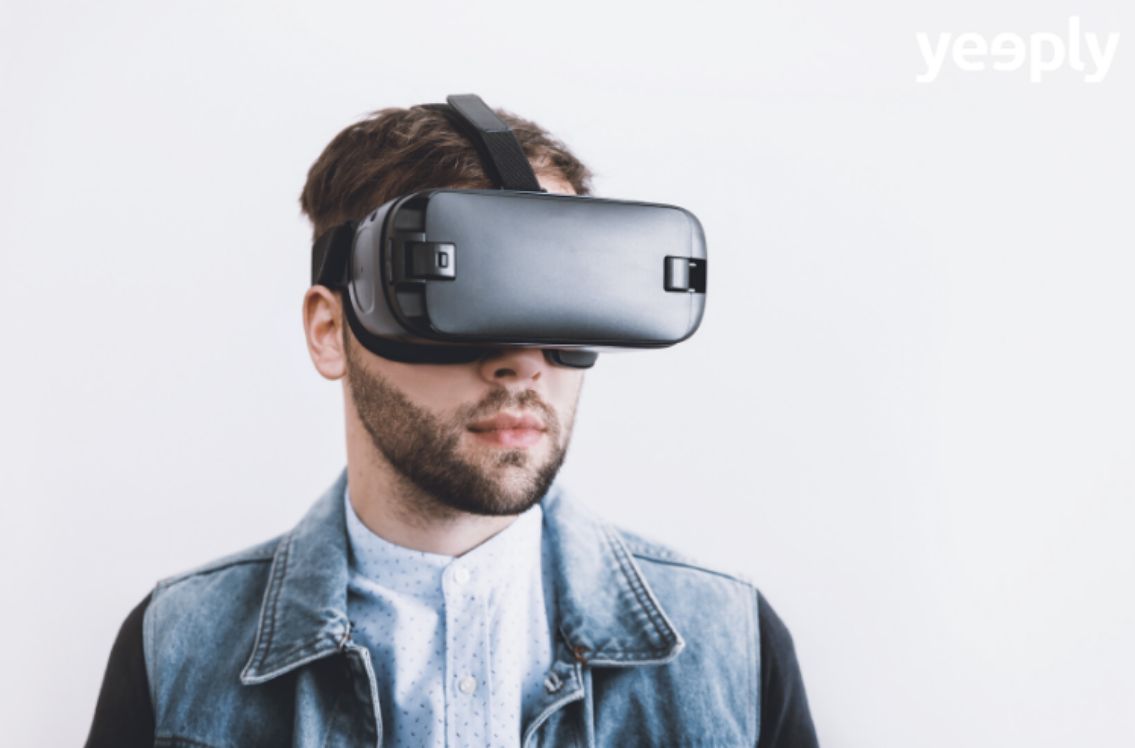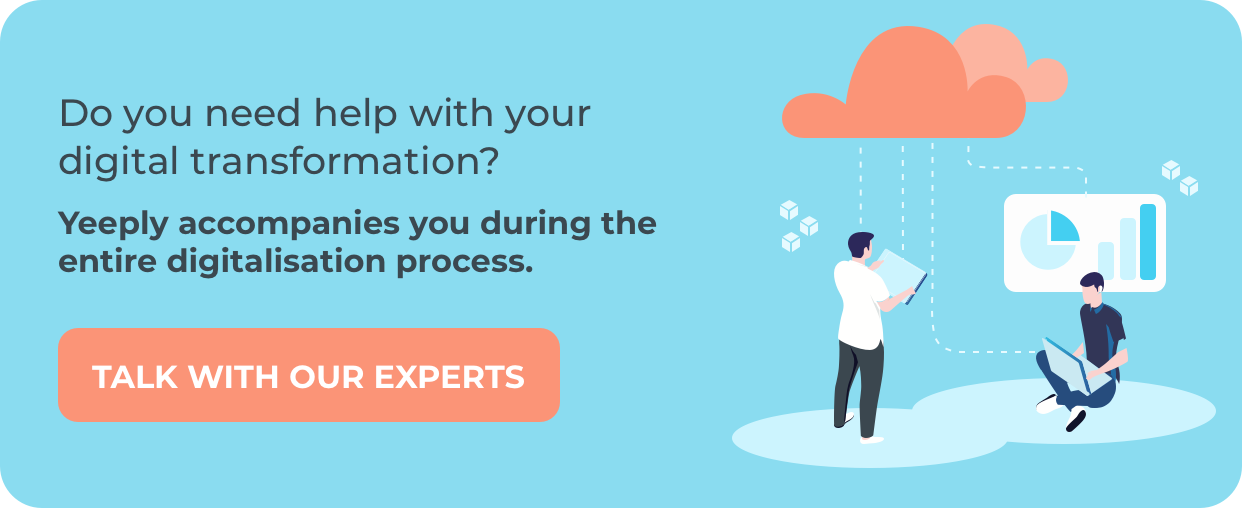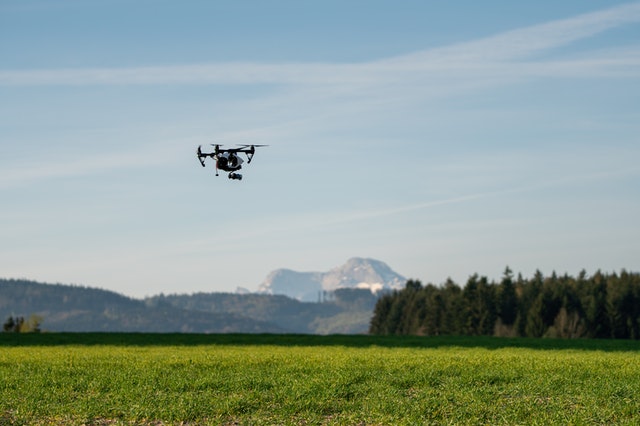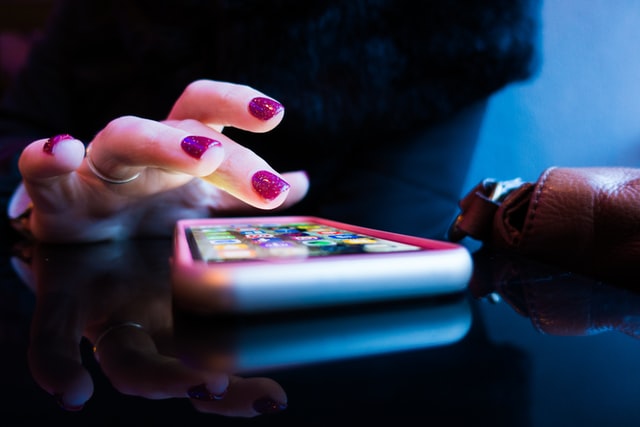Virtual Reality, Augmented Reality and Mixed Reality are relatively recent technologies that often lead to some confusion.
They share common aspects but are also different in ways that are often not easy to grasp right away. In this article, we’ll help you distinguish these three technologies correctly.
What is Virtual Reality?
Virtual Reality (VR) is a computer-generated environment whose aim is to create the feeling of being completely immersed in it. A Virtual Reality user has the feeling of being in a setting other than his real one by employing devices such as VR glasses or a VR helmet.
Virtual Reality offers plenty of interaction possibilities. In some cases, it simply consists of an immersive experience in which a video takes us to another place and doesn’t contemplate any kind of movement or interaction.
Other times, it will be possible to move around and interact with the environment by using additional devices such as gloves or a gamepad.
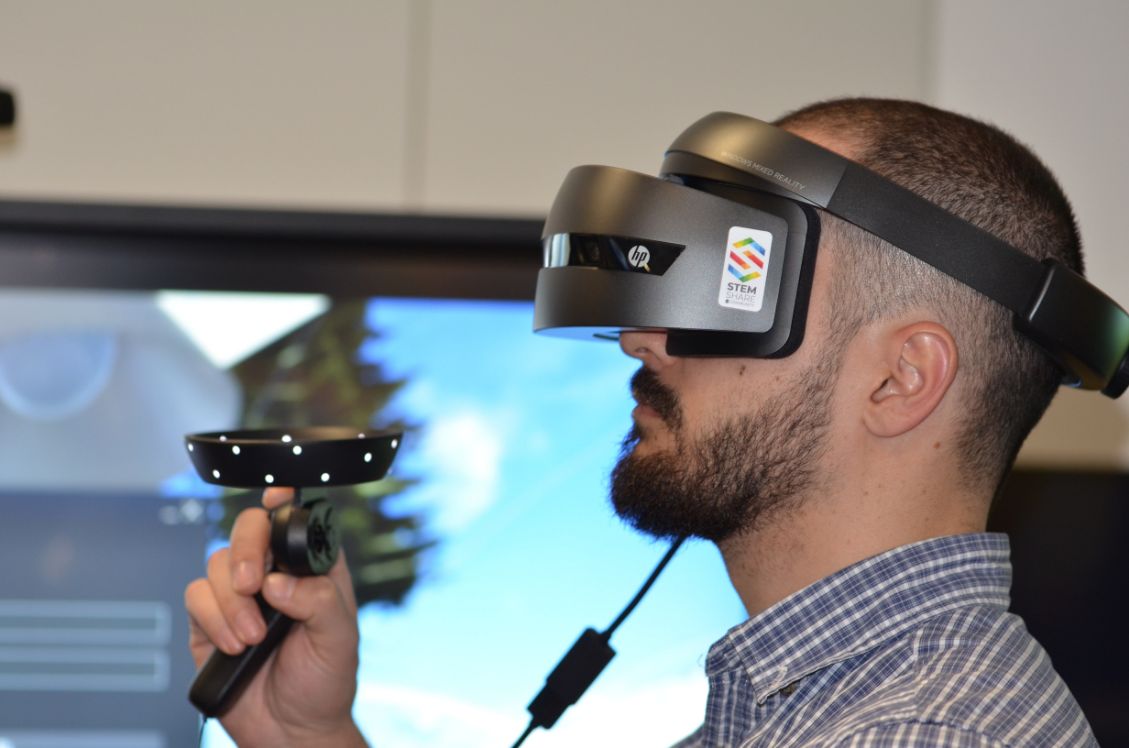
Use examples of Virtual Reality
As a technology that creates environments that allow escaping from reality, VR proves the perfect ally for the video game industry when it comes to generating immersive experiences by creating fantastic worlds from scratch.
Another interesting use of VR can also be found in architecture. It’s always hard for a customer to get a clear-cut idea of what the end result of an architectural project will be.
However, VR can now be used to tour an entire building and see in detail how it will finally look like. Along these lines, there are currently plenty of real estate agencies that use virtual visits to show homes to prospective customers remotely.
Currently, real estate agencies use Virtual Reality to show homes to prospective customers.
What is Augmented Reality?
Do you recall the 2016 Pokémon summer fever during which millions of people took to the streets to hunt these virtual creatures? The Pokémon GO app had significant weight on getting Augmented Reality to be on everyone’s lips.
Augmented Reality is the technology that enables overlapping images or information in real-time on the actual environment to which these belong. This technology allows us to interact with our environment through a mobile device.
Even though some people may mistake AR for VR, Augmented Reality depends completely on the real world to create interactive experiences with the user. VR, on the other hand, involves isolating oneself from the real world to get immersed in a virtual environment.
Augmented Reality depends completely on the real world to create interactive experiences with the user.
For this reason, Virtual Reality enjoys widespread use in the video game industry while Augmented Reality is being used in many areas beyond entertainment like industrial manufacturing, maintenance, medicine, tourism, education, etc.
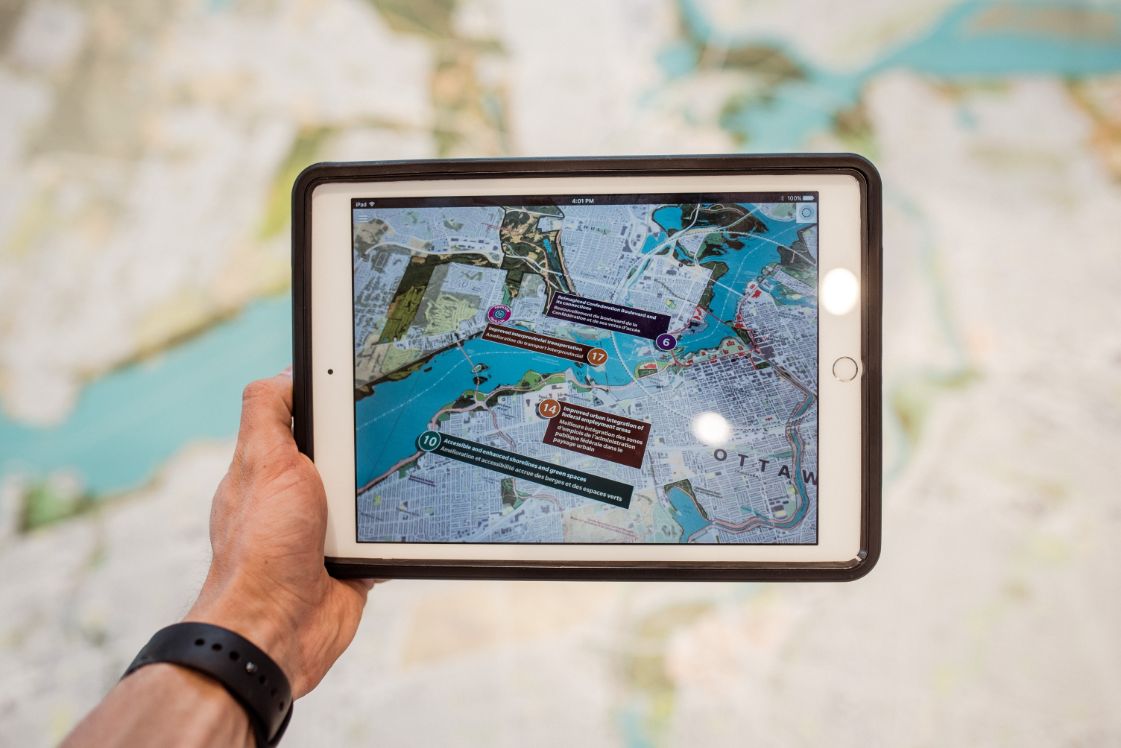
Most commonly, Augmented Reality applications make use of devices such as smartphones or tablets due to their extended use. However, goggle-shaped wearables are currently also being launched to enable interacting with the environment.
Use examples of Augmented Reality
We previously discussed how Pokémon GO was an example of how Augmented Reality is implemented in a video game. However, there are other examples of AR use that are already present in our every-day life.
Television, for instance, has been using this technology since recent years. Weather forecasts, displaying electoral results or showing newly inaugurated infrastructures are some of the AR use examples we can commonly come across in the news.
Augmented Reality can also be used in advertising by creating brochures that include additional information or printed ads that encourage customers to play.
⭐ You may also be interested in: Augmented Reality is changing the future of fashion
What is Mixed Reality?
Mixed Reality (MR) makes interacting with a virtual environment possible (as in VR) and in real-time (as in AR). However, the main difference between MR and the other two technologies is that here real objects present within the user’s real surroundings can be used for interacting with the virtual environment.
Mixed Reality is, thus, the technology that results from combining Virtual Reality with Augmented Reality.
To enjoy Mixed Reality, you’ll need a closed helmet with a screen over your eyes enabling you to see both your real surroundings and the virtual environment.
The device must also incorporate a camera to analyse our surroundings, track our gaze and movements, and project holograms that will look as if they were completely real.
There are currently several companies involved in developing these MR devices but the ones achieving the best results are Magic Leap and Microsoft’s HoloLens 2.
Here’s a cool Magic Leap video titled “Waking up with Mixed Reality”:
https://youtu.be/GmdXJy_IdNw
Use examples of Mixed Reality
Education is one of the fields that can benefit from Mixed Reality. By incorporating this technology, students can plunge into a learning environment that offers examples that take the shape of holograms and allow interacting with them.
At the end of the day, this enables students to assimilate concepts better. However, its high cost means that it is still far from being incorporated into school daily routine.
Healthcare is another field in which MR may stir up a thorough revolution. On the one hand, surgical simulations allow surgeons to practice complex procedures and provide a learning tool for medical students. On the other hand, in real-time surgery, a surgeon can receive important information from the patient, plan the procedure or locate tumours more easily.
This is an example of how medical students use Mixed Reality to study anatomy:
Architecture and engineering are other fields that can make good use of Mixed Reality and take advantage of the possibility of interacting with virtual models offered by this technology. Designs can now be reviewed before entering the manufacturing or building stage to detect potential errors at an early stage.
Entertainment and video games can also incorporate Mixed Reality to project a hologram on a real environment with which the user can interact. Games like Young Conker or Minecraft are already adjusted to this technology.
Virtual Reality, Augmented Reality or Mixed Reality: Which one do you prefer?
The three of them are truly burgeoning nowadays. Have you thought about using them in your business?
Virtual changing rooms for your e-commerce, a game to promote customer loyalty, business cards that make an impression… You have many options at hand to differentiate yourself from your rivals.
Find an ideal digital partner in Yeeply and start innovating.

